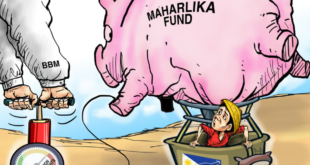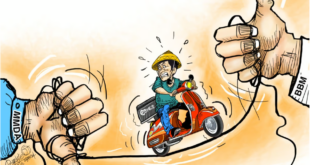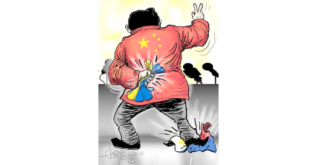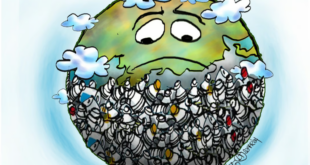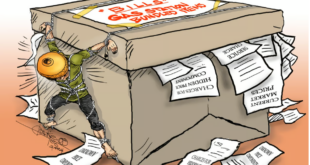 PRESIDENTIAL FILE PHOTO
PRESIDENTIAL FILE PHOTO
ON May 23, 2017, what the military planned as a “surgical operation” to capture Abu Sayyaf leader Isnilon Hapilon in Marawi City escalated into a five-month-long battle that has changed the once-tranquil lakeside capital of Lanao del Sur.
By the time then-president Rodrigo Duterte declared the “liberation” of Marawi on October 17, close to 1,000 militants had been killed, along with 168 government troops and about 50 civilians.
Seventy percent of the city’s 200,000 residents were driven from their homes and forced to live in refugee camps outside the city. In Ground Zero, where the fighting was most intense, 3,000 buildings were leveled in the fierce bombardment to flush out the well-entrenched militants.
For a moment, Marawi became the focus of a huge relief and humanitarian crusade that attracted billions of dollars in pledges from countries and international agencies. “Bangon Marawi” became the rallying cry as plans to rebuild the city and the lives of its people gained momentum.
Six years on, the initial enthusiasm has dissipated and been replaced by queries about why the rehabilitation process has taken this long.
In 2021, then-Housing secretary Eduardo del Rosario, whom Duterte had appointed to head Task Force Bangon Marawi, the agency overseeing the city’s rehabilitation, confidently announced that “we can finish at least 95 percent of all major infra projects by June 2022, and I can assure everyone that the few remaining projects will surely be completed because they are already funded and for implementation by the concerned agencies.”
Months later, del Rosario had to dial down his projection to 72 percent, citing, among other excuses, a delay in installing the water system in the housing sites for displaced residents.
“We thought all the while that everything is OK as far as the bidding process and award were concerned. But unfortunately, it has not started yet,” he said.
Determined to give new vigor to the flagging rebuilding program, Duterte signed the Marawi Siege Compensation Act on April 13, 2022, one of last laws he enacted before he ended his term.
The law created the Marawi Compensation Board to facilitate the tax-free payments of P1 billion in tax-free reparations to qualified claimants who lost residential and commercial properties during the siege of Marawi.
The board will also provide a P350,000 compensation package to every family who lost a relative in the conflict.
Long wait
Still, it appears the long wait of many Marawi residents to start a new life is not yet over.
Earlier this week, several civil society organizations issued a joint statement noting that “amid much publicized rehabilitation efforts in the city’s most affected areas, the promise to rebuild the lives of the victims and survivors of the siege remain heavily unfulfilled.”
The group said the “protracted displacement” of Marawi residents “still puts many lives in crisis and grave peril” and deprives them of their “fundamental human rights.”
It cited a report by the United Nations Office for the Coordination of Humanitarian Affairs that about 80,300 people remain displaced.
The group is calling on “both the national and regional Bangsamoro governments to take into account equally relevant challenges confronting the displaced residents,” which include land disputes in four barangays within Ground Zero “that will result in permanent displacement of thousands of residents occupying these lands prior to the siege.”
Concerns were also raised about the “building of large-scale public infrastructures inside the most affected areas which are reportedly unfit for the needs of residents,” and “delivering justice to the innocent victims of the siege.”
What happened in Marawi underscores “an urgent need to institutionalize relevant peace and social justice measures to end decades of conflict and structural poverty in the region, and most importantly, address the historical injustices committed against the Bangsamoro and all other inhabitants of Mindanao,” the group said.
There is no denying that the Duterte administration has made significant progress in the rehabilitation of Marawi, but it left much to be done. The government of President Ferdinand “Bongbong” Marcos Jr. must take it upon itself to provide the closure the people of Marawi deserve.
*****
Credit belongs to : www.manilatimes.net
 Atin Ito First Filipino Community Newspaper in Ontario
Atin Ito First Filipino Community Newspaper in Ontario
